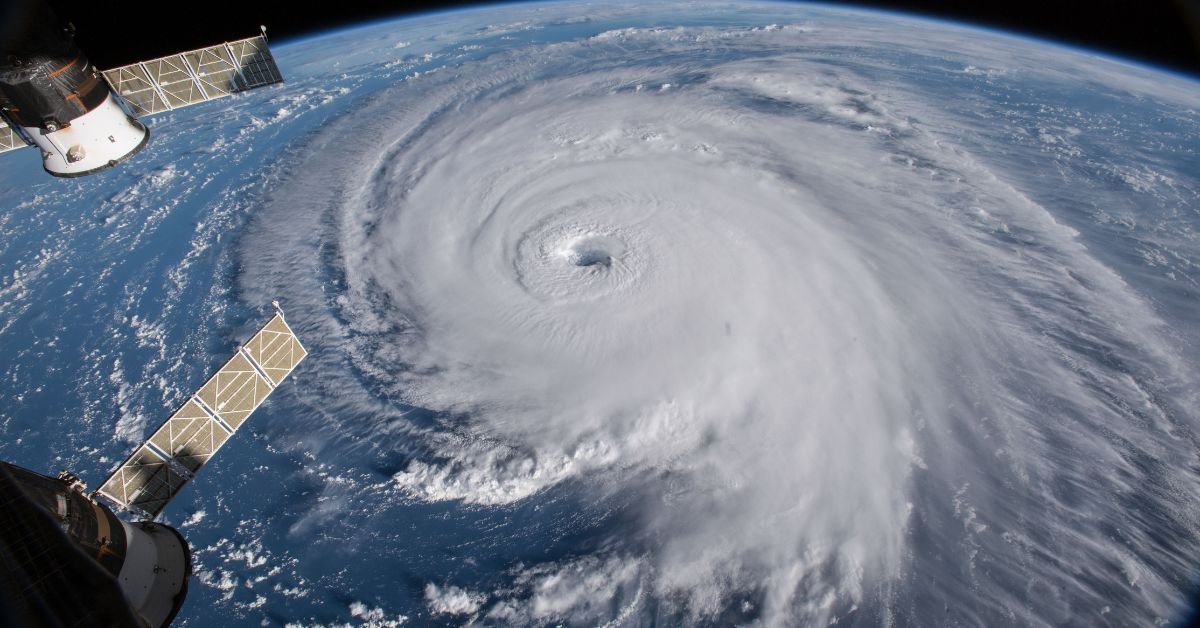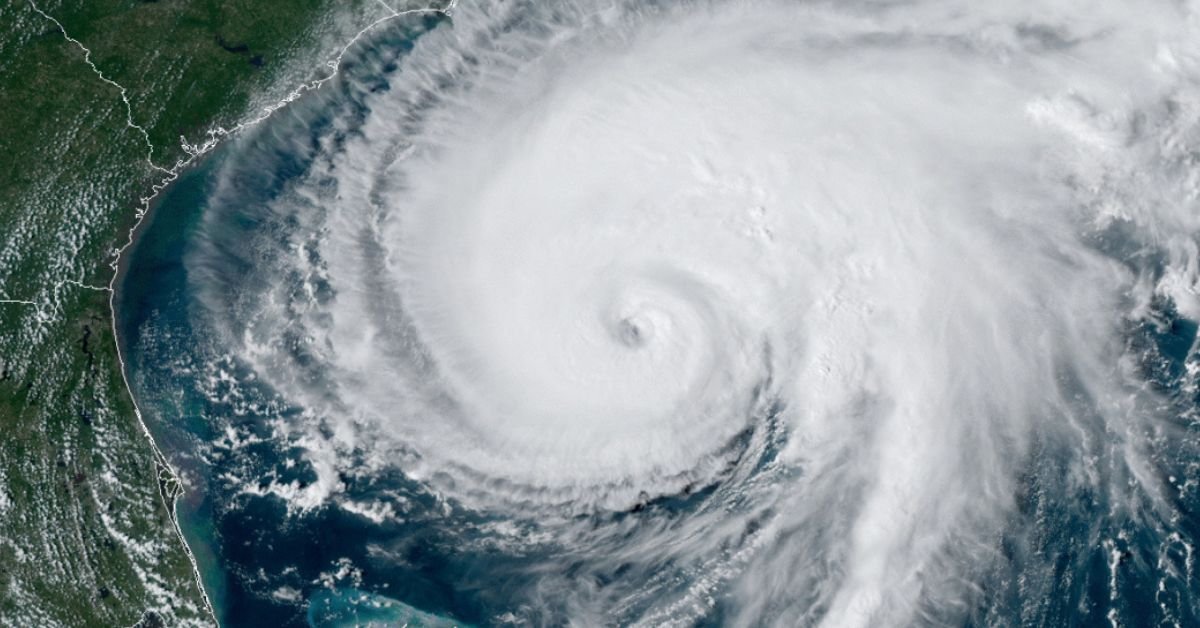A tropical storm warning is a serious alert issued by meteorological agencies when tropical storm conditions are expected within the next 36 hours. These storms can bring heavy rainfall, strong winds, and storm surge, posing significant risks to life and property. Understanding the warning, knowing what to do, and taking proactive measures are crucial for staying safe.
11am EDT August 2nd: Here are the initial key messages for Potential Tropical Cyclone Four (#PTC4).
— National Hurricane Center (@NHC_Atlantic) August 2, 2024
Tropical Storm Watches and Warnings have been issued for the Florida Keys and portions of the west coast of the Florida Peninsula.https://t.co/it6IRLenVu pic.twitter.com/zkvTeNe2MH
What is a Tropical Storm?
A tropical storm is a rotating system of clouds and thunderstorms that produces sustained winds of 39 to 73 miles per hour. While not as intense as hurricanes, tropical storms can still cause substantial damage.
Understanding the Warning
When a tropical storm warning is issued for your area, it means:
- Tropical storm conditions are expected within the next 36 hours.
- Sustained winds of 39 to 73 mph are likely.
- Heavy rainfall and potential flooding are possible.
- Storm surge could inundate coastal areas.

Taking Action
- Stay Informed:
- Monitor weather forecasts and updates from reliable sources.
- Have multiple ways to receive alerts (radio, TV, smartphone).
- Know the difference between a watch, warning, and advisory.
- Create a Disaster Plan:
- Develop an evacuation plan and identify safe shelters.
- Assemble a disaster supply kit with essential items like water, food, first aid supplies, flashlights, batteries, and important documents.
- Make arrangements for pets.
- Secure Your Home:
- Trim trees and shrubs to reduce potential damage.
- Secure outdoor objects that could become projectiles.
- Protect windows and doors with storm shutters or plywood.
- Have a battery-powered or generator-powered radio ready.
- Prepare for Power Outages:
- Have flashlights, candles, and batteries on hand.
- Keep a first-aid kit readily available.
- Consider having a backup power source for essential appliances.
- Evacuate if Necessary:
- Follow evacuation orders promptly.
- Do not attempt to drive through flooded areas.
During the Storm
- Stay indoors and away from windows.
- Listen to weather updates for instructions.
- If you lose power, use flashlights instead of candles.
- Be cautious of downed power lines.
After the Storm
- Be aware of potential hazards like flooding, debris, and downed power lines.
- Follow local authorities’ guidance.
- Help your community with cleanup efforts.
- Document damage for insurance purposes.
Remember, preparation is key to staying safe during a tropical storm. By understanding the warning, taking proactive measures, and following safety guidelines, you can significantly reduce risks and protect yourself and your loved ones.

I’m Pradeep Ahalawat, the founder and chief writer of this blog. (Holding the degree of M.Sc. IT with more than 15 years of expereince in IT sector) With a passion for storytelling and a keen interest in current affairs, I started this platform to share my perspectives.

